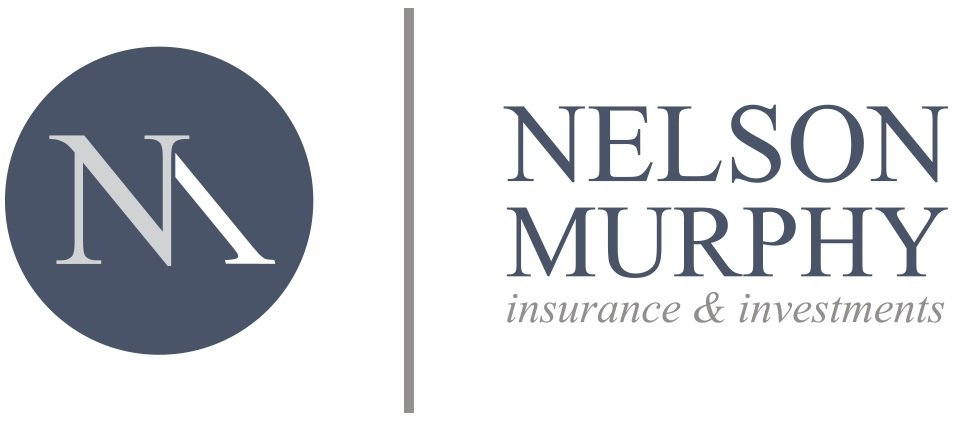Does Your Insurance Coverage Still “Fit”?
As the seasons come and go, many of us reach into our closets only to discover our clothes no longer fit or suit our current needs. If this has happened to you, you’re not alone. Life is constantly changing. Things that may have worked well in the past often need to be “altered” as our lives and circumstances change.
The same holds true for your insurance. Is your coverage still adequate for your needs? If you haven’t reviewed your coverage lately, it’s possible your policies no longer fit your current circumstances. Periodic reviews may help you avoid costly insurance gaps. Here are some considerations for the six basic types of personal insurance:
Homeowner’s Insurance
One of the largest investments many people will ever make is the purchase of a home. A general rule of thumb is to protect this valuable asset by purchasing enough homeowner’s insurance to be able to rebuild your home and replace the contents at current replacement value. Remember, the replacement cost of your home and its contents changes as building costs rise and as you acquire new possessions. Therefore, it’s wise to periodically review your coverage to make sure it’s sufficient. Even renters should periodically review and update their renter’s policies as they accumulate possessions.
Auto Insurance
Your main concern with auto insurance is to keep the liability limits high enough to protect your income and assets should an accident result in a lawsuit. To save money on premiums, consider increasing your deductibles.
Personal Umbrella Insurance
It’s possible the liability coverage on your homeowner’s and auto insurance policies may not provide adequate protection in the event you are sued. Personal umbrella insurance provides coverage above and beyond your other policy limits. An umbrella is usually available in million-dollar increments.
Life Insurance
You are probably aware of the importance of having enough life insurance coverage to handle the financial contingencies that may affect your family in the event of your death. However, determining the necessary amount of life insurance can be complicated. One general rule of thumb is that you should have enough coverage to equal five-to-seven times your annual salary. Rather than using an arbitrary formula, though, you may want to determine the “right” amount of life insurance coverage with a careful needs analysis. This approach incorporates an evaluation of your family’s most important financial obligations and goals, including mortgage debt, college expenses, estate tax liabilities, and future family income. Be sure to review your coverage as your assets increase over time and as you experience major life changes, such as the birth of a child or retirement.
Disability Income Insurance
Your chances of becoming disabled during your working years are much higher than your chances of dying. Yet, many people do not have disability income insurance, which provides a certain level of income replacement if you experience a disability that prevents you from working. Be sure to coordinate your coverage with any coverage offered by your employer and adjust your coverage amounts as your income increases.
Health Insurance
Like most people, you may need only basic health coverage. However, lengthy hospital stays and costly medical treatment may require a major medical policy. If your employer does not provide health insurance, check out the provisions of the 2010 Affordable Care Act, to determine what kind of health insurance you can purchase and its cost, either for you as an individual or for your family
Take the time to review your insurance coverage to determine the right coverage for you and your family. As you can see, having insurance of the right “fit” is important.
“Does Your Insurance Coverage Still Fit?” FMeX. PCGREV1-X. 2015. https://abm.emaplan.com/ABM/MediaServe/MediaLink?token=53f65251575947f496df0367deb9ee33

